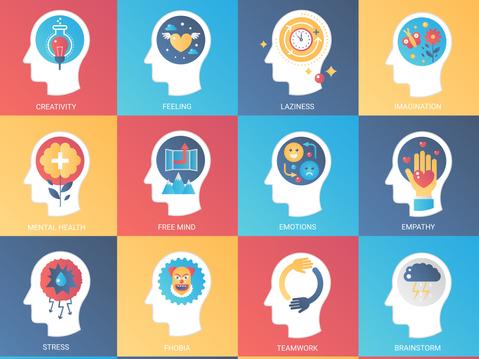 The Higher Education Learning Framework has been created as a guide for organisations, teachers and students to help frame thinking about teaching and learning design in higher education.
The Higher Education Learning Framework has been created as a guide for organisations, teachers and students to help frame thinking about teaching and learning design in higher education.
Alexandra Osika, Dr Stephanie MacMahon, Associate Professor Jason M. Lodge, and Professor Annemaree Carroll from The University of Queensland’s Learning Lab explore each of the seven principles of learning through a series of short articles published as a collection in the Times Higher Education (THE) Campus.
The third principle, emotions and learning, explores the powerful role that emotions and group emotional states play in the learning process and how they can be harnessed to enhance the learning experience.
Emotions and learning are inseparable. Emotions can both enhance and interfere with learning depending on which ones are driving or colouring the experience. Emotions can also be contagious, with strong positive or negative emotional states infecting others in the learning environment. Whether in a face-to-face or online environment, the emotional states of learners – and teachers – can influence one another. When educators understand the role that emotions play in learning and teaching, and how individual and shared emotional states can influence the dynamic of the learning environment and experience, they can design more effective learning experiences.



